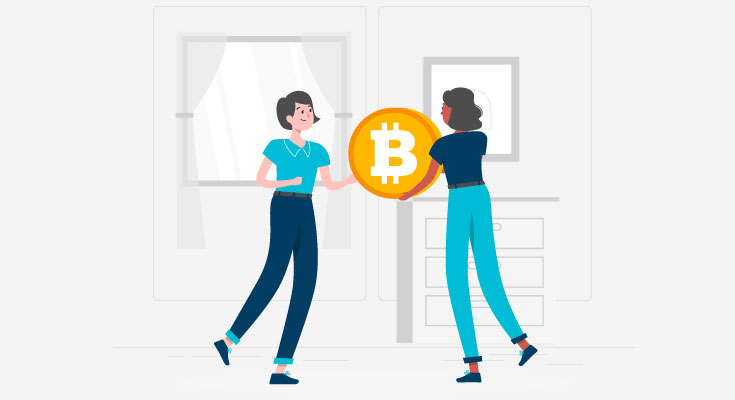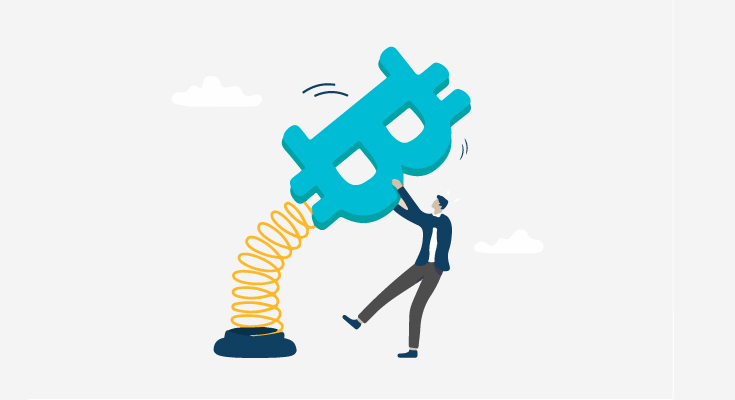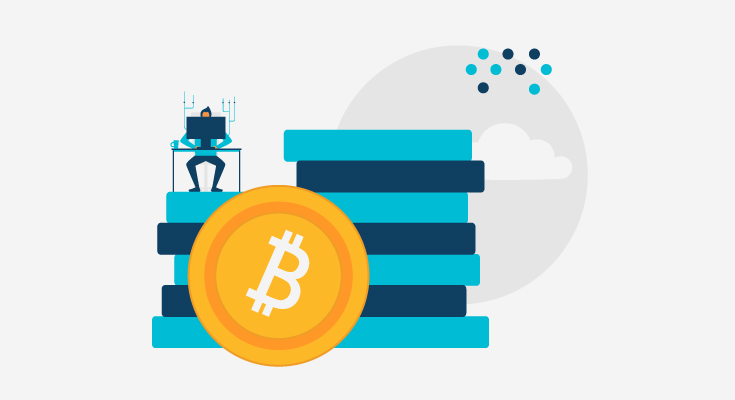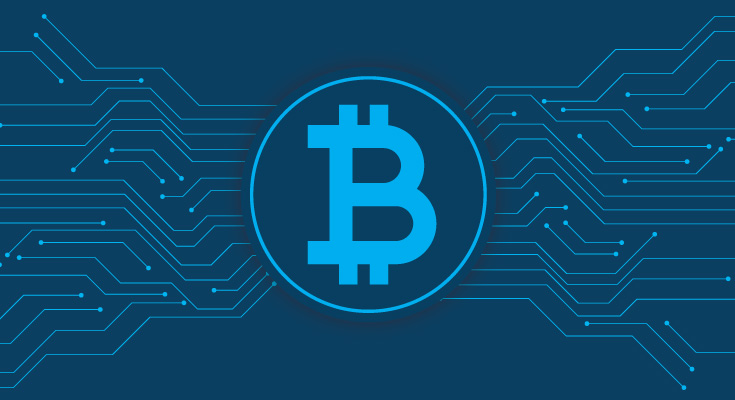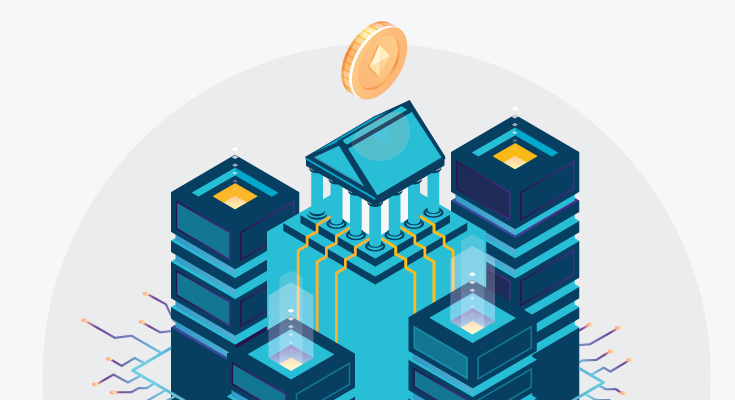Since the beginning of 2021, cryptocurrency exchanges have been growing at an alarming pace. And there were over 100 million crypto users in January 2022. While the market has slowed down, the crypto industry is still growing, and chances are there will be another huge spike in the number of customers.
To handle these increases in trading consumers, crypto companies need to have infrastructure and technology. Compared to stock markets and other exchanges that have had several years to build a proper infrastructure, these companies don’t have the infrastructure to handle customer transactions. Even though there has been a crypto downturn, the market is expected to turn back again.
This is why crypto exchanges need to have an identity verification process. Most of the time, this makes the onboarding process tough for customers. These ID procedures, if not completely automated, slow down the customer onboarding process, which leads to an enhanced customer drop-off rate.
In this article, we will mention how some of the best crypto exchanges handle the ID verification process. What steps are they using, and how easy is it to sign up for the customers.
What Are Crypto Exchanges?
Crypto exchanges are like an eCommerce platform for cryptocurrencies. There are different types of crypto exchanges. Some allow users to buy and sell Crypto using Fiat currency (U.S. dollar, Euro, or Pound), and some require users to trade strictly using digital assets.
As cryptocurrencies have exploded, multiple crypto exchanges have popped up in the last decade. They function similarly to e-brokerages that offer a range of financial tools.
Let’s break down the types of crypto exchanges:
- Centralized exchanges (CEX)
- Decentralized Exchanges (DEX)
- Hybrid Exchanges
Importance of Identity Verification for Crypto Verification
Cryptocurrencies are decentralized by their nature, so crypto exchanges have to add some level of security during user onboarding. This is done to ensure customers don’t use crypto exchanges to commit crypto fraud.
ID verification for crypto platforms is crucial to ensure there’s security, compliance, and user trust. The primary reason behind ID verification is that it helps:
- Preventing fraud
- Money laundering
- Terrorist financing
- Meet KYC & AML regulations
General Key Steps in the Identity Verification Process
The goal of the identity verification process is to collect information, verify it against databases and documents, and use the latest technologies to prevent risks of fraud.
Here are the general steps of identity verification:
1. Collect information
The first step in the identity verification process is collecting relevant information like Name, DOB, SSN, Identity documents, Address documents, and more.
2. Document verification
Use online document verification tools like DIRO to instantly verify collected documents such as:
- Identity documents
- Address documents
- Bank account documents
Document verification helps in confirming that the information provided by the users is correct.
Based on verified information, the organizations assign a level of risk to the individual profile. Based on the level of risk assigned, the user is put under different types of due diligence.
4. Ongoing monitoring
In specific circumstances, customer accounts or financial transactions, businesses set up ongoing monitoring of user activity. This is usually done for accounts with a higher level of risk associated to prevent fraud.
Challenges in Identity Verification
The online identity verification process, while convenient, is also full of challenges. Fraudsters keep trying new things, emerging technologies, and evolving regulations all pose challenges for ID verification.
Sophisticated fraud techniques, data breaches, and the complexity of verifying identities across multiple layers pose significant hurdles. Here’s a deeper breakdown of key challenges:
1. Fraud & Sophistication of Attackers
Fraudsters rely on sophisticated techniques like deepfakes, forged documents, and proxies to commit fraud. This means organizations always have to stay multiple steps ahead of the fraudsters if they want to maintain security.
2. Evolving Tech & Data Privacy
Multiple large-scale data breaches that happen annually make it tough for businesses to maintain security. Users are also becoming increasingly concerned about how organizations control and handle their data. Organizations have to comply with various regulations like GDPR, which can make it challenging to verify identities while complying with the latest regulations.
3. Balancing Security & User Experience
Businesses need to find a fine line between balancing security and user experience. Too many layers of security and customers would have a poor experience during onboarding. However, if there’s too little security, the business could be vulnerable to fraud.
Best Crypto Platforms with Identity Verification
1. Coinbase Verification
Coinbase was founded in 2012, and it’s a US-based digital currency and wallet platform. It has over 56 million users and has traded over $335 billion worth of digital currencies in the first quarter of 2021. In late 2021, the company went public, which is the first platform to do so.
While Coinbase has some account limitations, these limits are determined based on the level of verification that’s added to the account. These include account age, purchase history, payment methods, and other factors.
The type of verification that Coinbase offers includes phone number, personal details, and photo ID. If you live in the USA, then you’ll also be asked to provide your SSN.
2. Kraken Verification
Kraken is a US-based crypto exchange platform, and it was founded in 2011 and has over 50 currencies. This platform claims that they’re one of the largest Bitcoin exchanges in Euro volume. The exchange has four levels of accounts, with each one of them offering different types of verification requirements. The levels are:
- Starter
- Express
- Intermediate
- Pro
The account levels depend on the level of access your account will have. Each level offers more funding options and higher limits, with Pro being the highest level.
A user must be at least 18 years old to register and use an account. All the accounts need an email address, full name, date of birth, phone number, and postal address for verification purposes. Except for starter accounts, they also need to provide employment information and an SSN.
The intermediate and Pro accounts need to provide a valid ID, a utility bill for proof of address, and a face photo. Pro accounts need to fill in the KYC questionnaire.
3. Binance Verification
Binance is a famous crypto exchange platform that combines digital technology and finance. According to Yahoo Finance, Binance is the world’s biggest crypto exchange when it comes to trading volume.
Binance has three levels of verification with respective deposit and withdrawal limits:
- Basic: Requires name, address, date of birth, and nationality, and has a lifetime limit of USD 300.
- Intermediate: Requires an uploaded picture of ID documentation such as a passport, ID card, or driver’s license.
- Advanced: Requires proof of address documentation such as bank statements and utility bills.
4. Bitfinex Verification
Bitfinex is another crypto exchange that came into existence in 2012. They state that they’re one of the largest exchanges by volume for trading Bitcoin against the US dollar. It offers exchange trading for 38 currencies/tokens and also provides margin trading, margin funding, and an over-the-counter market for large trades. To withdraw or add fiat currencies to an account, ID and document verification are needed. Most of the time, this verification process takes up to 2-3 days.
Although a user can easily deposit, trade, and withdraw cryptocurrencies immediately upon account opening with a basic account that only requires a valid email address. Individual account requirements tend to differ depending on the type of account you’re choosing:
- Age: You have to be at least 18 years old to have an account
- Personal Information: A user’s telephone number, email address, and residential address
- Identification: Two types of government-issued ID with a photo, such as a passport, a national ID card, a driver’s license, a residency card, or an employment permit card.
5. OKEx Verification
OKEx was founded in 2014, and it’s one of the biggest digital currency exchanges by trading volume. It serves millions of users in over 100 countries, and it operates out of Hong Kong. At OKEx, the identity verification process contains a couple of rules and procedures that facilitate a secure trading environment for our users, who need to perform ID verification for the following activities:
- Buying currencies on OKEx with fiat currencies, for which users may need to perform ID verification
- Making daily crypto withdrawals of more than 10 BTC
OKEx doesn’t require identity verification for users to deposit or trade crypto on OKEx. For individuals, there are several levels of ID verification:
- Level 1: In level one, the users are required to enter their nationality, name, and document identification number.
- Level 2: In level two, users are required to verify themselves with photo identification, and they’re also required to perform facial verification.
- Level 3: After completing the first two levels, users have to read the disclaimer on OKEx’s mobile app or web page to complete the third level of ID verification.

